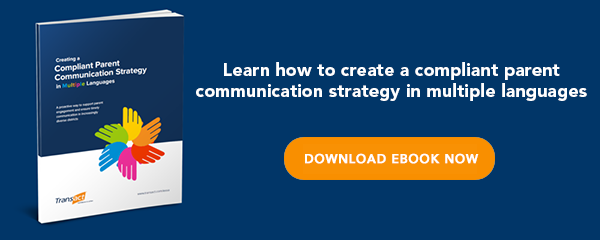Given the inability of the U.S. House of Representatives to move forward with either FY24 appropriations or a Continuing Resolution (CR) to keep the government funded, it is looking more and more like a government shutdown is going to happen at the end of the day, September 30, 2023. While the exact effects on education are impossible to predict, we do know some things about what will happen if the U.S. Government shuts down. And the longer the shutdown lasts, the more significant the potential impacts on education and the U.S. economy.
The U.S. Department of Education (USED) must have a Contingency Plan if there is a lapse in government funding. The USED Contingency Plan was last updated in 2021, and it is expected that the USED will update it soon. Here are some items and potential impacts outlined in the 2021 USED Contingency Plan:
In the first week, 90% of USED staff will be furloughed- This means there will be little or no support for states and districts
- Only staff that are appointed by the U.S. Senate, necessary for the protection of life and property and whose activities are necessarily implied by law (mostly fiscally related), will stay on the job
- The number of employees phased back in is not expected to exceed approximately 11% of USED’s full-time employees
- Delays in obligations and payments to school districts
- Delays in activities necessary to make competitive and formula grant awards later in the year
- Limited access to information provided by USED to States, school districts, and the public
- For existing contracts, work could only continue until funding runs out, as no new contracts will be awarded, and those contractors continuing to work would not be paid until after the shutdown
- Some contractors receiving recently awarded contracts may be ordered to stop work
The last paragraph on the USED Contingency Plan provides a “brief summary” of activities that will be halted. It says, “During a lapse, the Department of Education would pause most of its grantmaking activities, including the development of grant announcements, review of grant applications, and awarding of grant funds. The Office for Civil Rights would also pause its review and investigations of civil rights complaints. The Department's development and implementation of guidance, technical assistance, and regulatory actions would also pause during a lapse.”
Some programs that might be paused quickly if there is an extended government shutdown include Head Start, payments for Free and Reduced Price Meals (the provision of meals is not likely to stop, but ceasing payments will stretch school leaders' ability to pay for these meals), and programs funded using Impact Aid.
For more than 25 years, TransACT has dedicated itself to providing K-12 districts and state departments of education with software solutions that help them streamline their operations, more efficiently meet state and federal requirements, and more safely and effectively serve their students. To learn more about how TransACT's solutions can support your district, visit www.transact.com.




